Latent Voxels
Computerising Ornamental Urban Talismans
- Location / Paris
Silicon City Dreams
The following urbanscapes emerge from the imagination of the AI upon its encounter with an Ottoman miniature of Byzantine Constantinople (c.1600).
Through 6 different city models, algorithms reinterpret the mystical representation of Constantinople. These models are rational compositions which are based on Western architectural culture. They are used as oneirogens, dream generators.
642 city models emerge during the process of transformation. Each scenario is a different oneiropolids, a dream city.
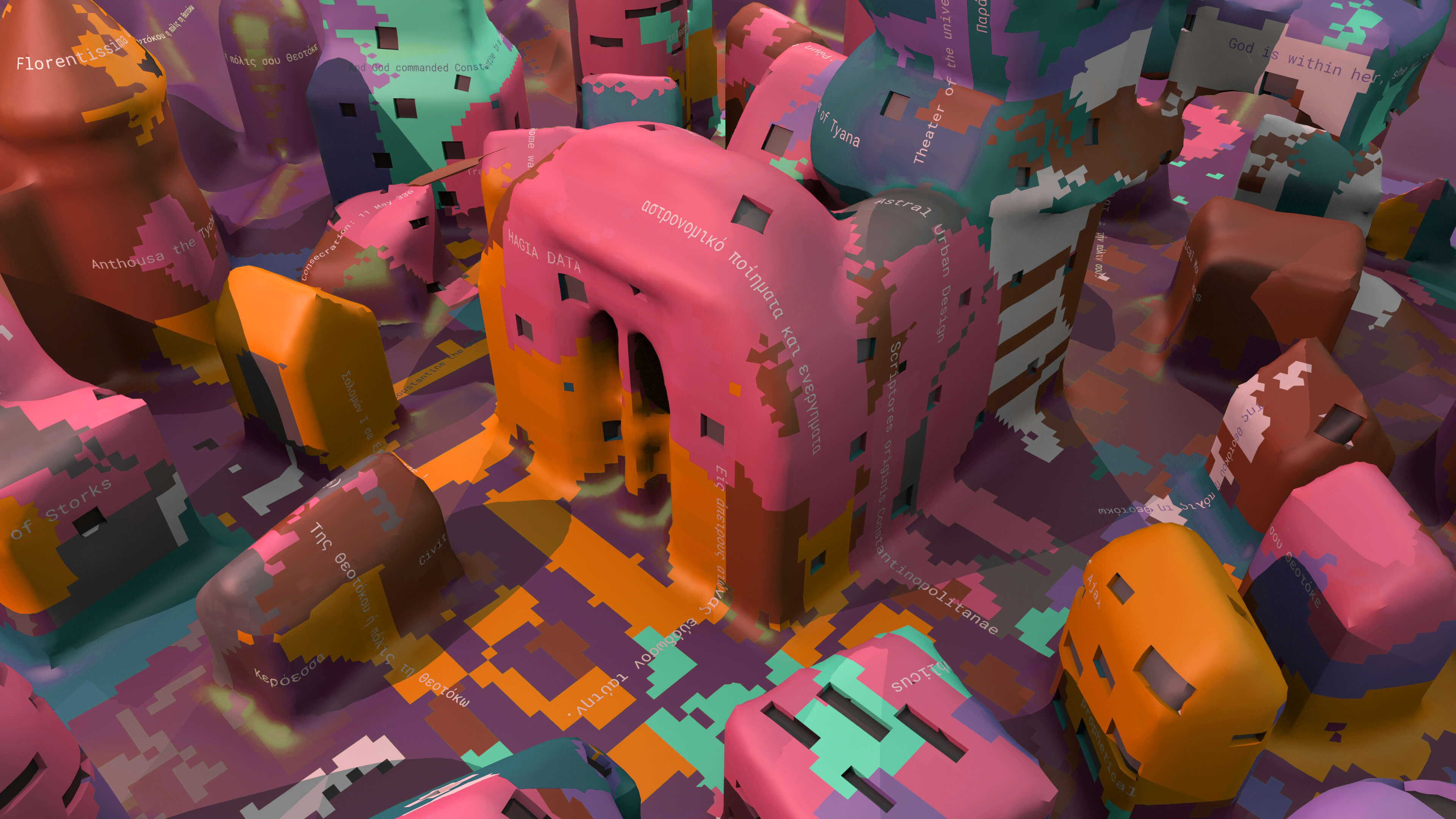
The Dusk of Data at the Hippodrome of Constantinople
Algorithmic Urban Dreams - Axonometric View

Oneiropolis Details
Algorithmic Urban Dreams - Top View
Digital Mysticism
The Ottoman miniaturist sought to reveal the hidden treasures which are concealed behind material appearances.
In this experiment, the symbolism of the invisible is used for the hacking of the artificial logic of the machine. This transtemporal fusion explores the possibility of a “digital mysticism" in contemporary architecture.
The mystical use of AI gives birth to the figure of alchemist-architect. The algorithms become the elixir allowing us to imagine talismanic spaces in the Age of AI.
Transmutating Electronic Urbanscapes inside the Silicon Chip
Oneiropolis 464
Architectural details are added with generative algorithms. Various words and phrases are integrated into the urban space.
These citations are taken from medieval Byzantine literature on the urban talismans of Constantinople.
The occult symbolism of Byzantine literature and the colors of Ottoman mystical dreams are combined to represent a suprasensbile urban space.
Constantinople 2049 - The Oneiropolis 464
Notiones constantinopolitana
KONSTANTINOPELIDEE
Second Rome (Δεύτερη Ρώμη, Defteri Romi) in Themistios, Himerios & Libanios
New Rome (Νέα Ρώμη, Nea Romi) in Gregory of Naziance, Procopius & Paulus Silentiarius
New Jerusalem
New Zion
New Athens
Ancient city of Byzas
Center of the world
City of Constantine
Rebellious City
Regent city (βασιλεία πόλη, Basilis Polis)
Florentissima urbs in the Theodosian Codex The city under God's watch (Theophylaktos Polis) in Georges of Psidia, 7th c.
The eye and the heart of Earth in Micheal Psellos, Théodore Prodrome & Constantin Manassès
Theater of the universe in Manuel Holobos, Grégoire de Chypre & Théodore Métochite
The city was named Anthousa by Constantine the Great. (Eusthate, Commentarii in Dionysii Periegesin, Geographi Graeci Minores. F. Didot, p.357)

Kotelnikov Patterns of Digital Talismans

Prophetical Towers of Neo-Apollonius
Algorithmic Urban Dreams - Axonometric View
Ρώμη Φλώρα, και Κωνσταντινούπολις, ήγουν άνθουσα.
Rome was Flora, and Constantinople Anthousa.
(Jean Le Lydien, De Mensibus, IV, 75, ed. Wuensch, p. 126, 16-17)
Χριστέ ó Θεος άτάραχτονκαΐ άπόλεμον φύλαττε τήν πόλιν σου.
Christ o Lord, undisturbed, protect your city from war.
(Inscription on the walls of Constantinople dating from the 11th century)
Σύ, Χριστέ, κόσμου βασιλεύς και δεσπότης σοί προστίθημι τήνδε τήν δούλην πόλιν και σκήπτρα τήσδε καί τό πάν 'Ρώμης κράτος φύλαττε ταύτην, σώζε δ' έκ πάσης βλάβης.
O Christ, King and Despot of the world, I added to you the slave city and the scepters of the whole Roman state. Guarded it and save it from all harm.
(Constantine the Rhodian cited by Kedrenos in Historiarum compendium)
ή πόλις σου Θεοτόκε
Your city, o Theotokos!
Της Θεοτόκου ή πόλις τη Θεοτόκω
The city of Theotokos to Theotokos
Είς άπειρους αιώνας εύόδωσον ταύτην.
Lord, let this city prosper for infinite centuries.
Παραστάσεις σύντομοι χρονικαι (Parastesis, I p57, Preger)
Constantinople consecrated to Christ
Or to the Virgin as the mistress of the City.
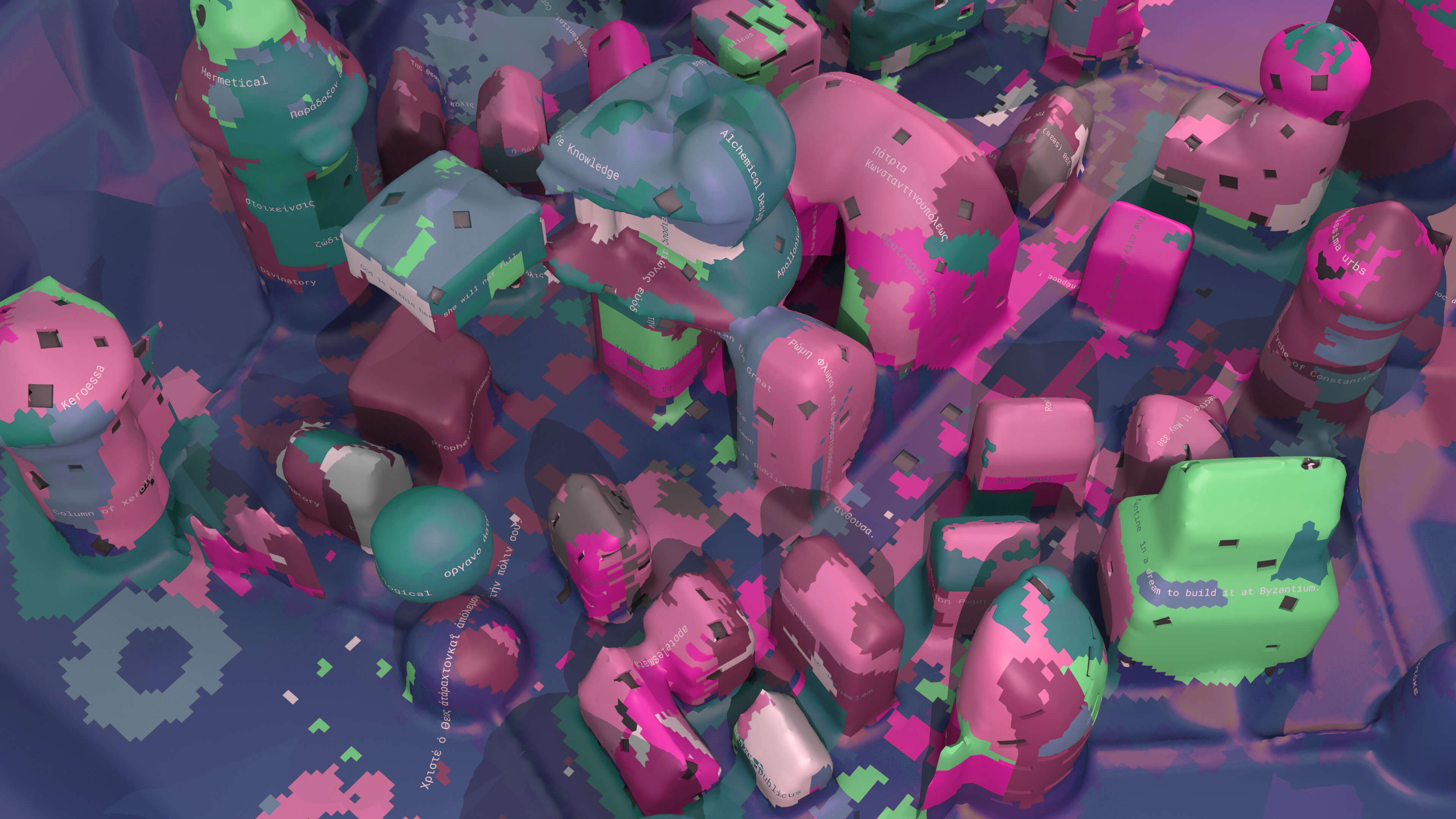
Urban Dreams of a Young Cyborg

Friday Sunset on the Cybernetic Square
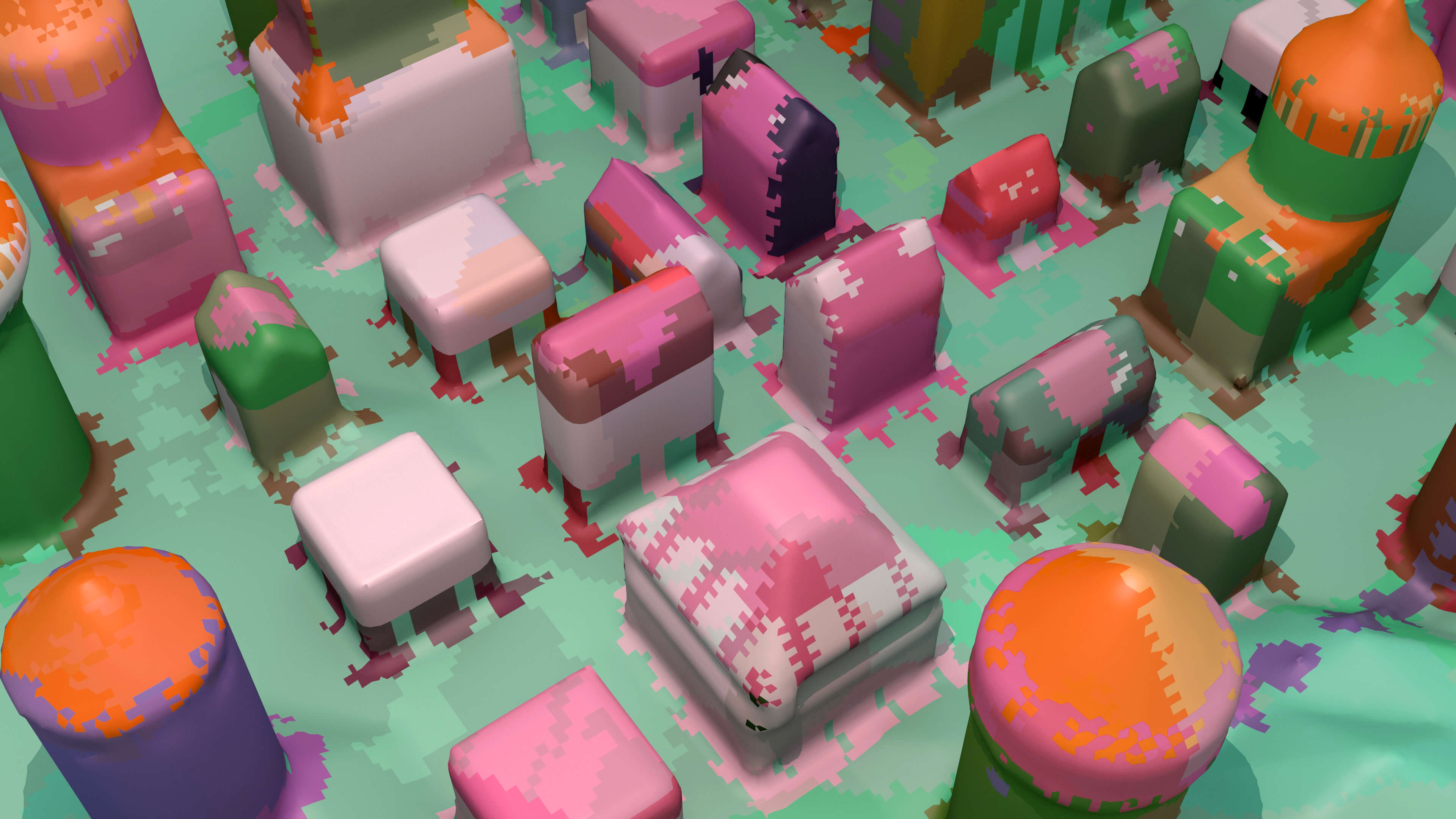
Boulevards of Holographic Turkish Delights
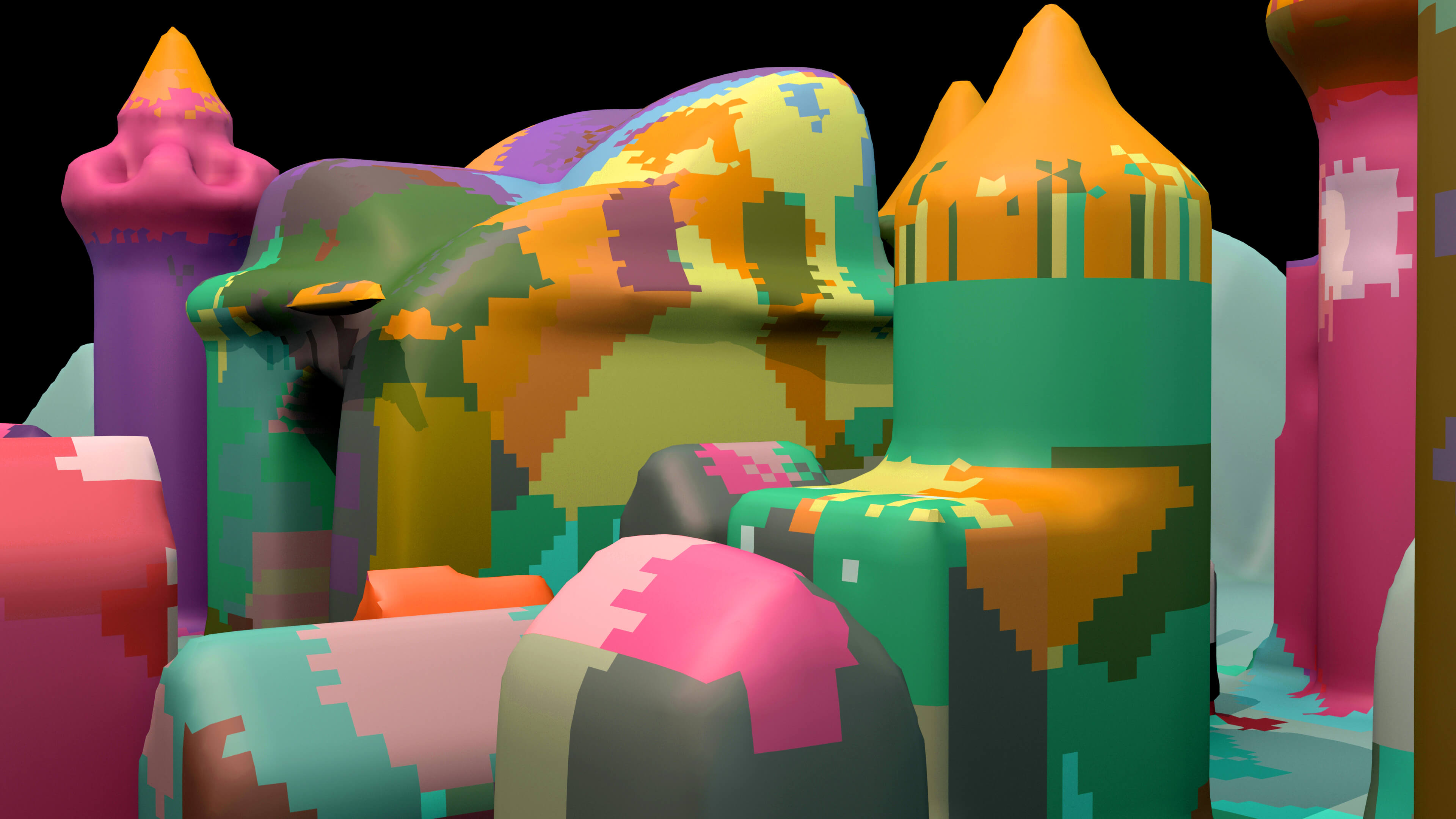
Ecumenical Information Processing Complex
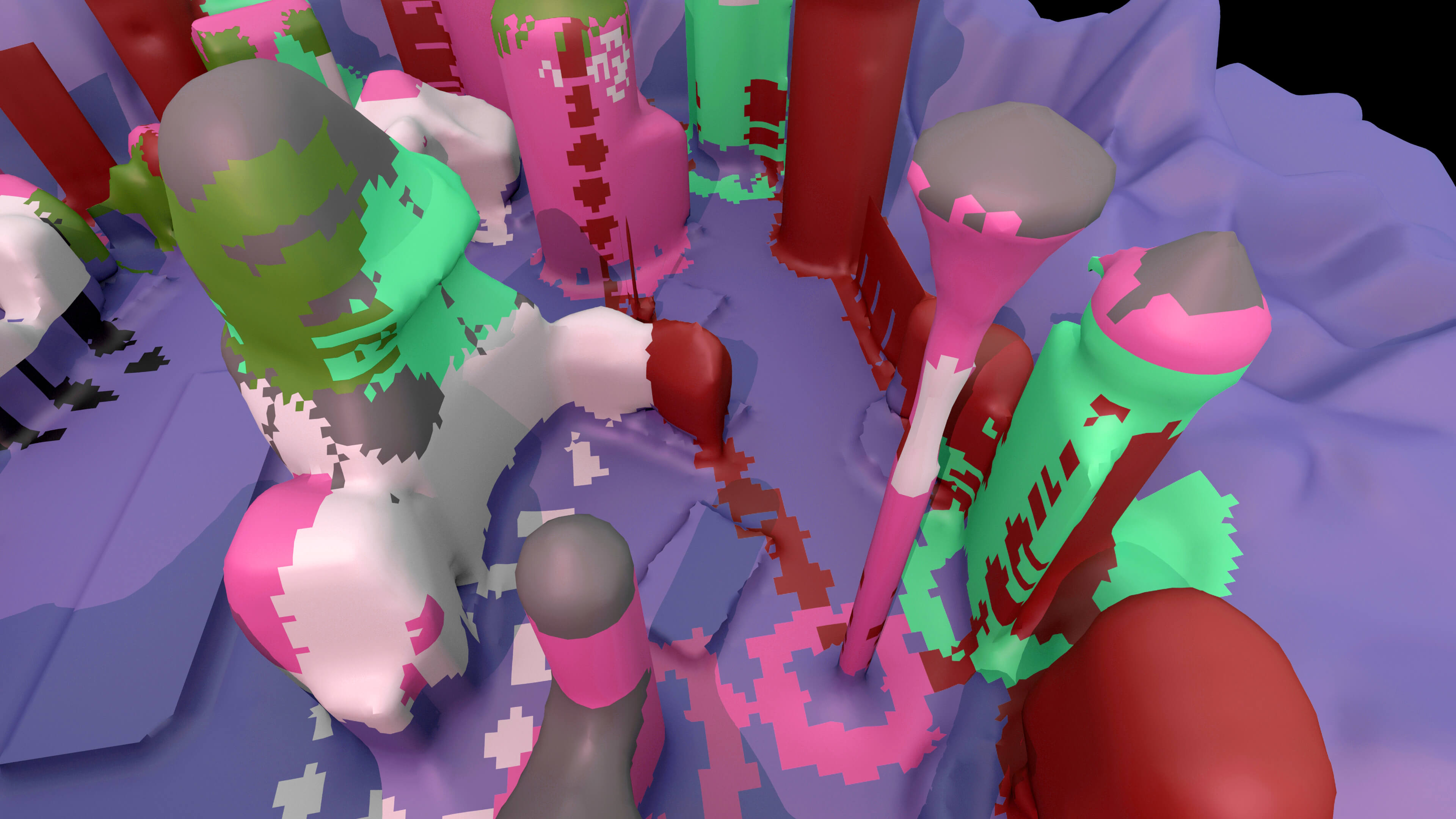
The Silicon Nymphaeum in Eminenu
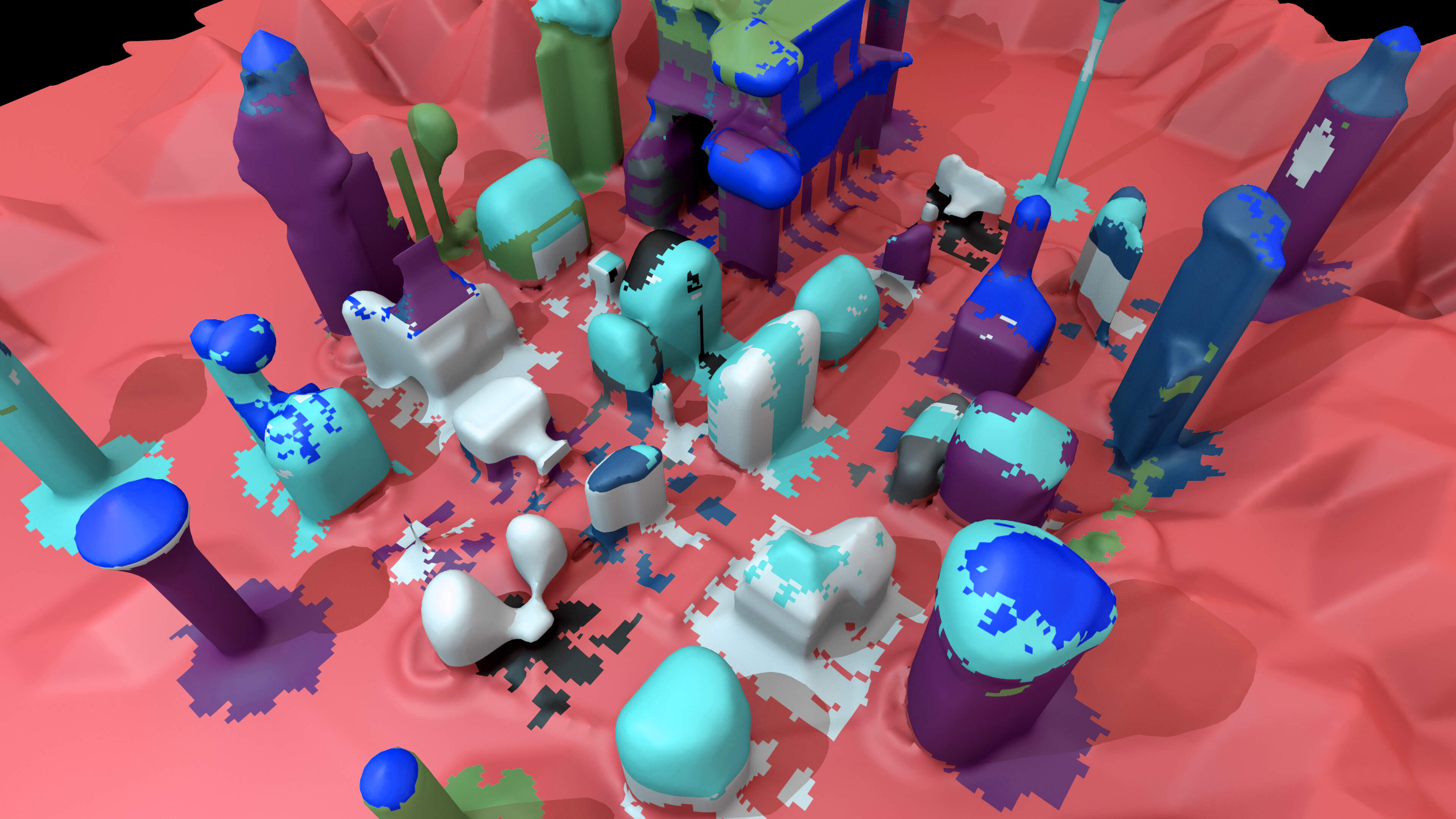
Quarter of Cybernetic Mystics
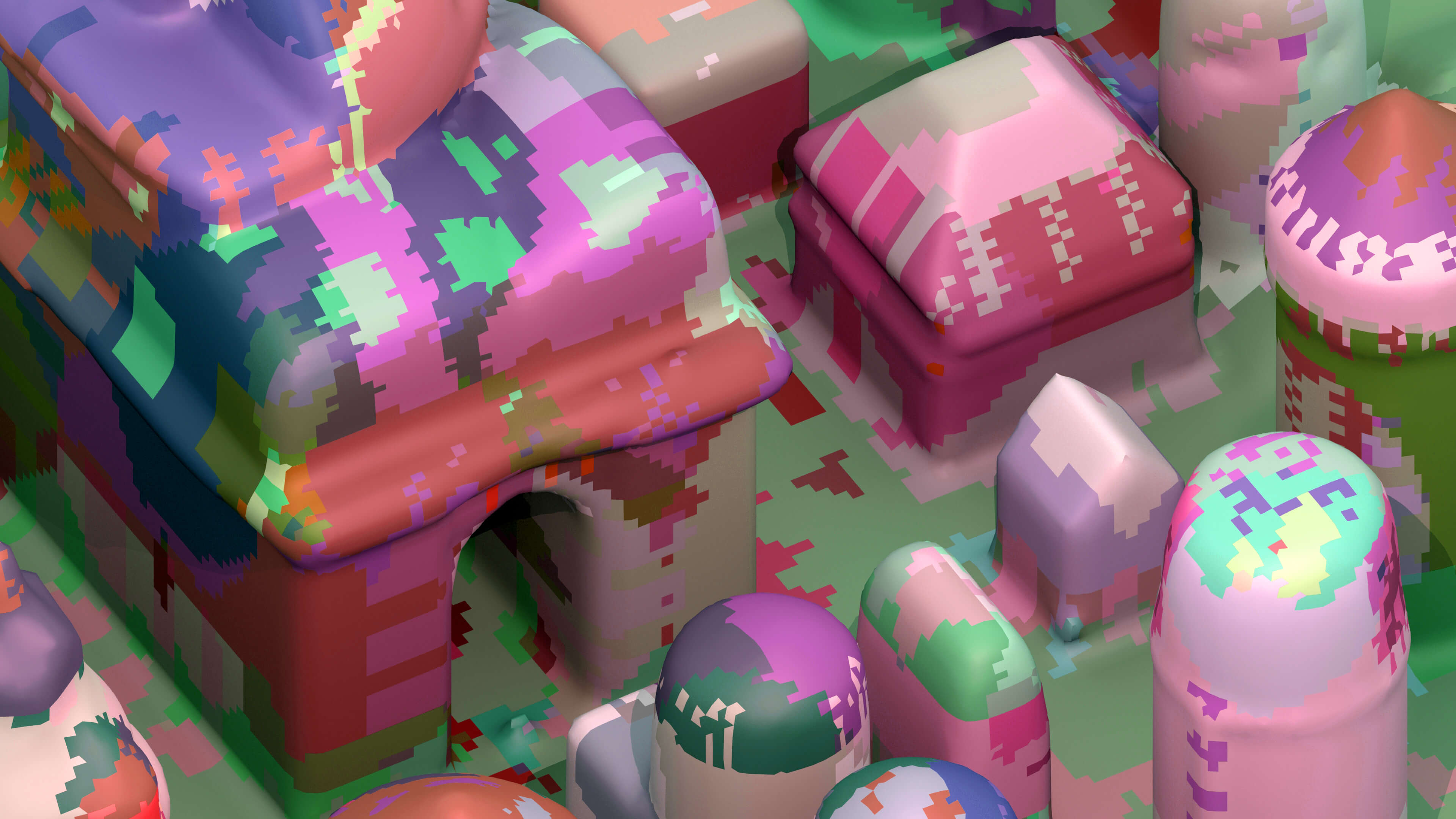
Image Caption
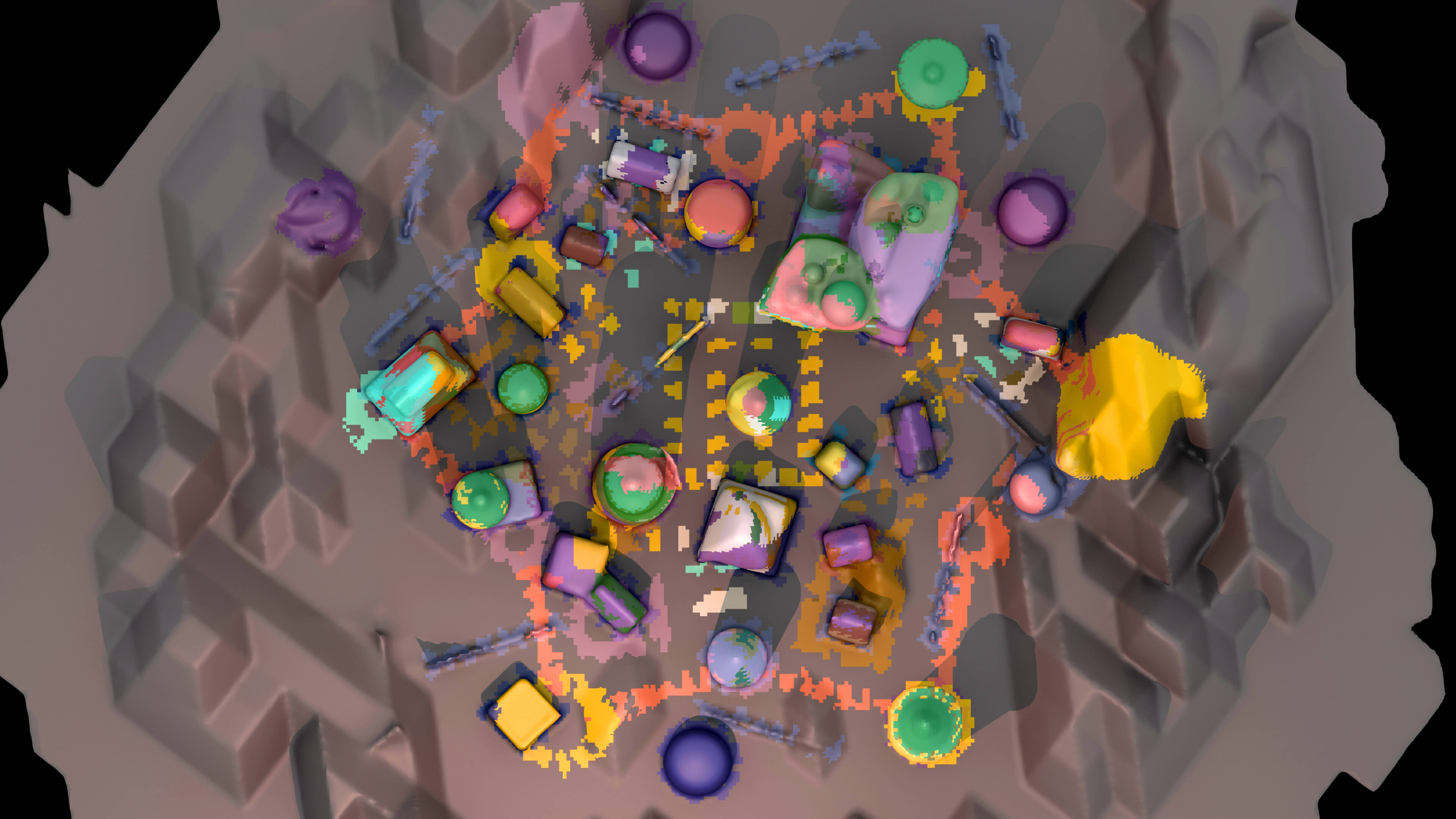
Image Caption
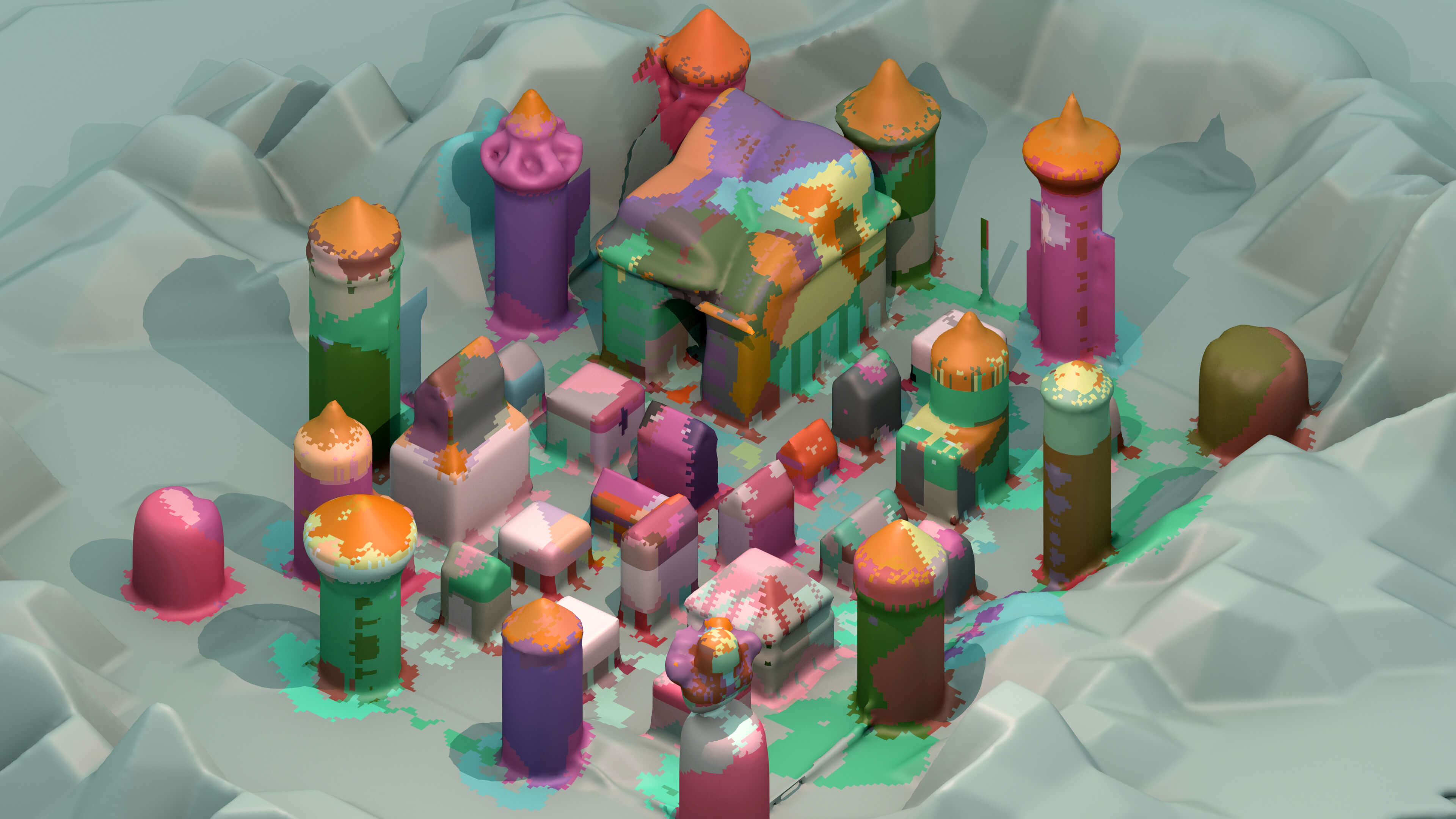
Image Caption
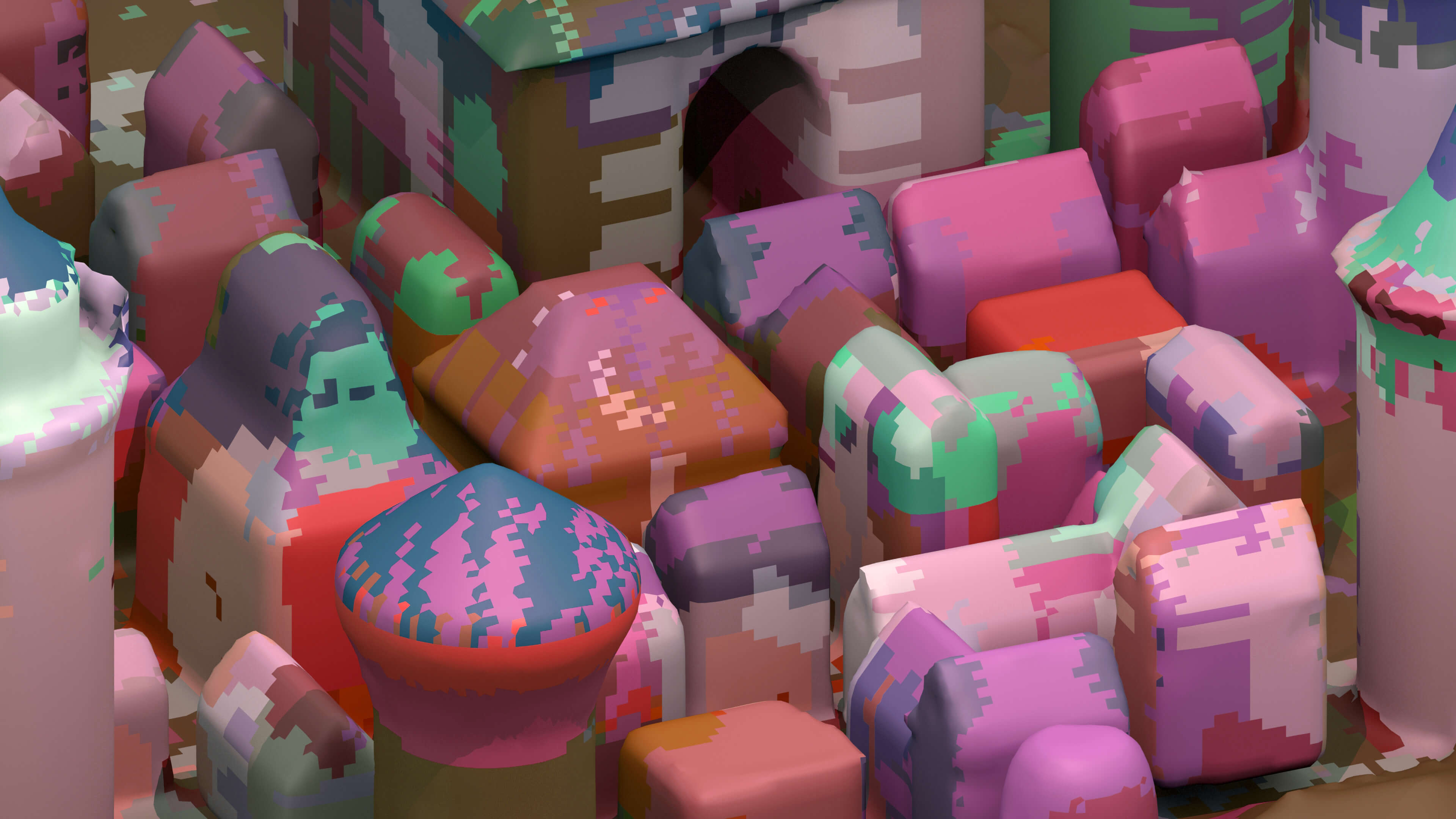
Low-Energy Android Slums in Levent
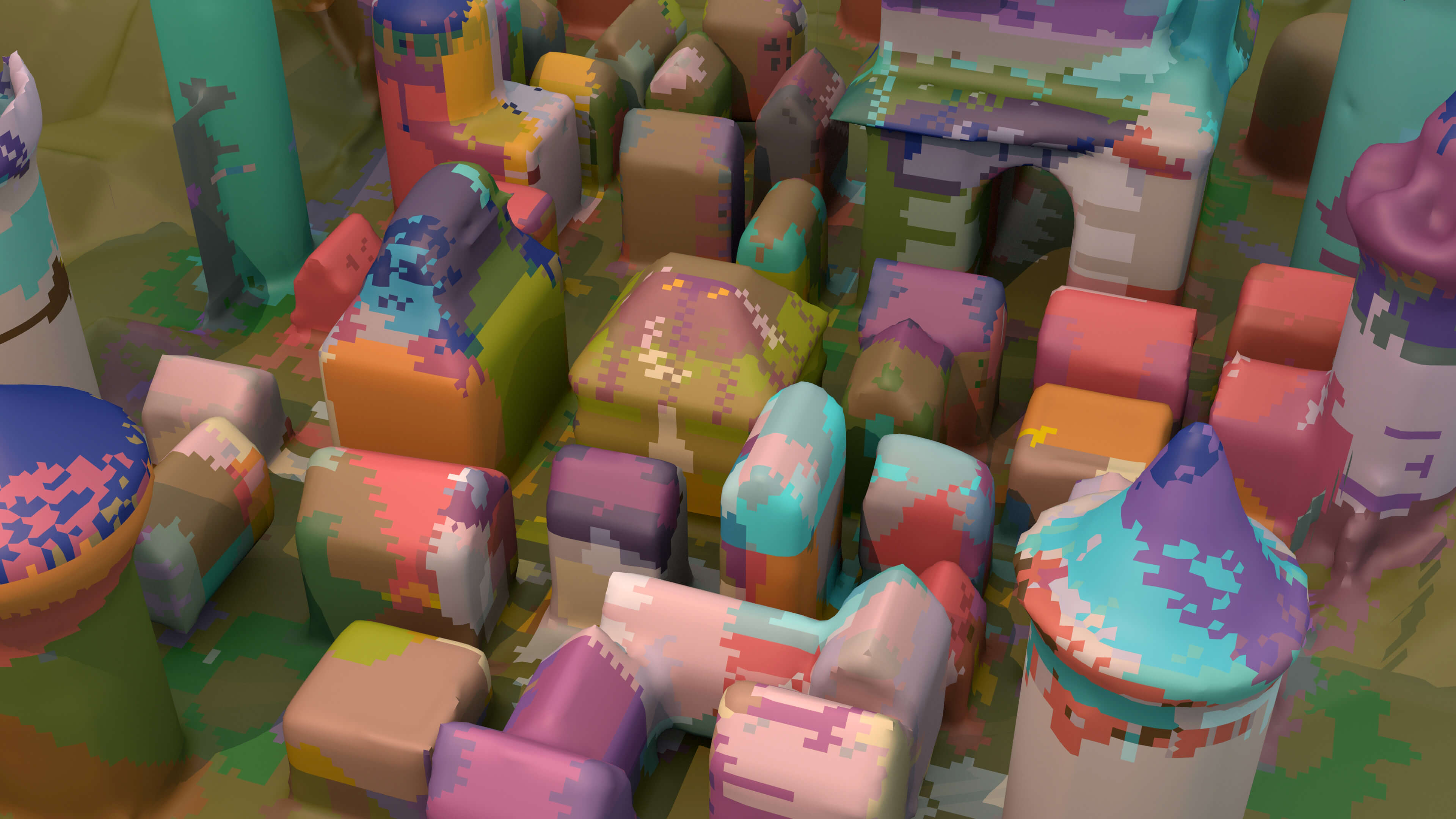
Image Caption
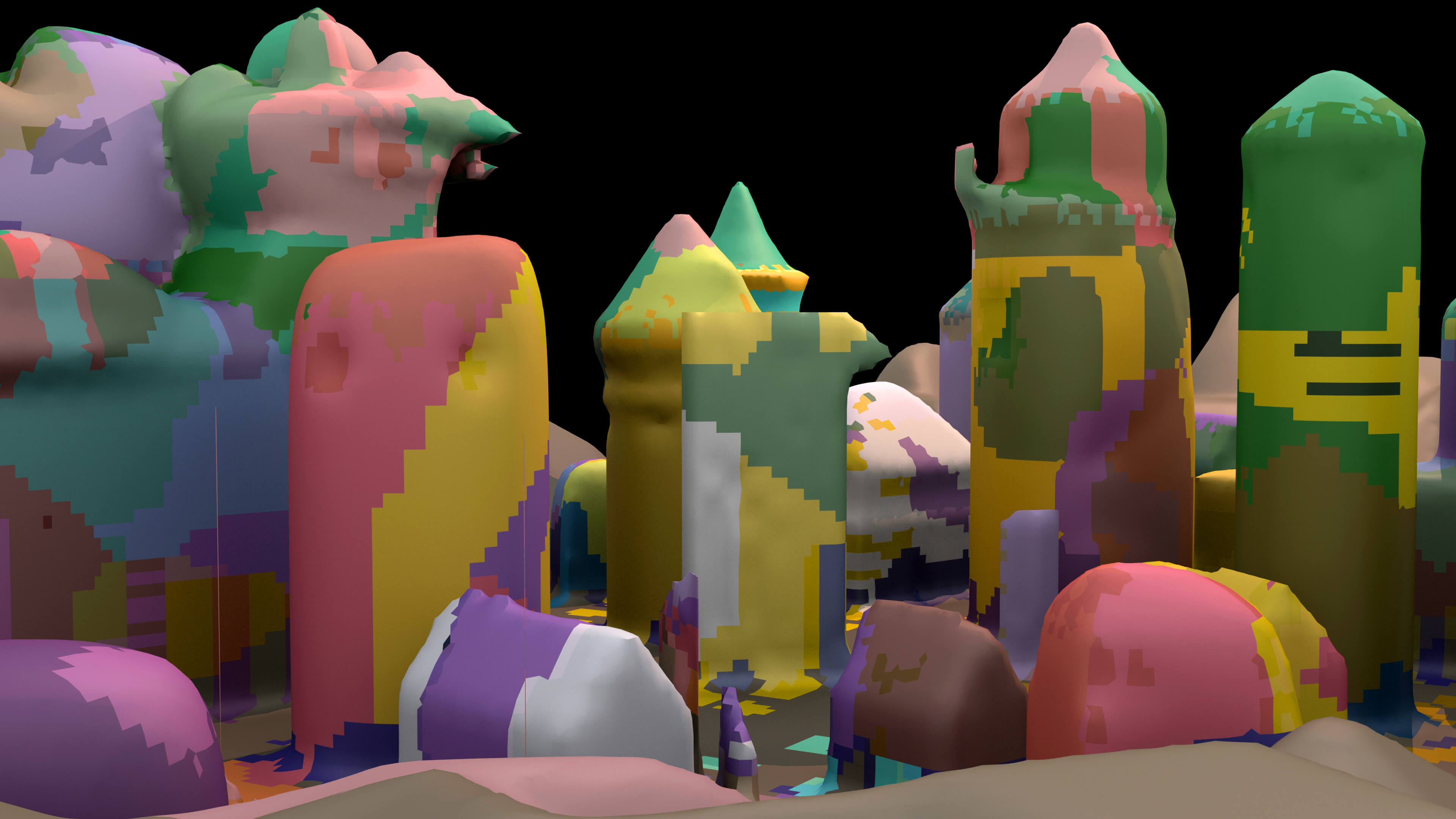
Galactic Comms Towers of Neo-Seraglio

Playgrounds in the Data Land
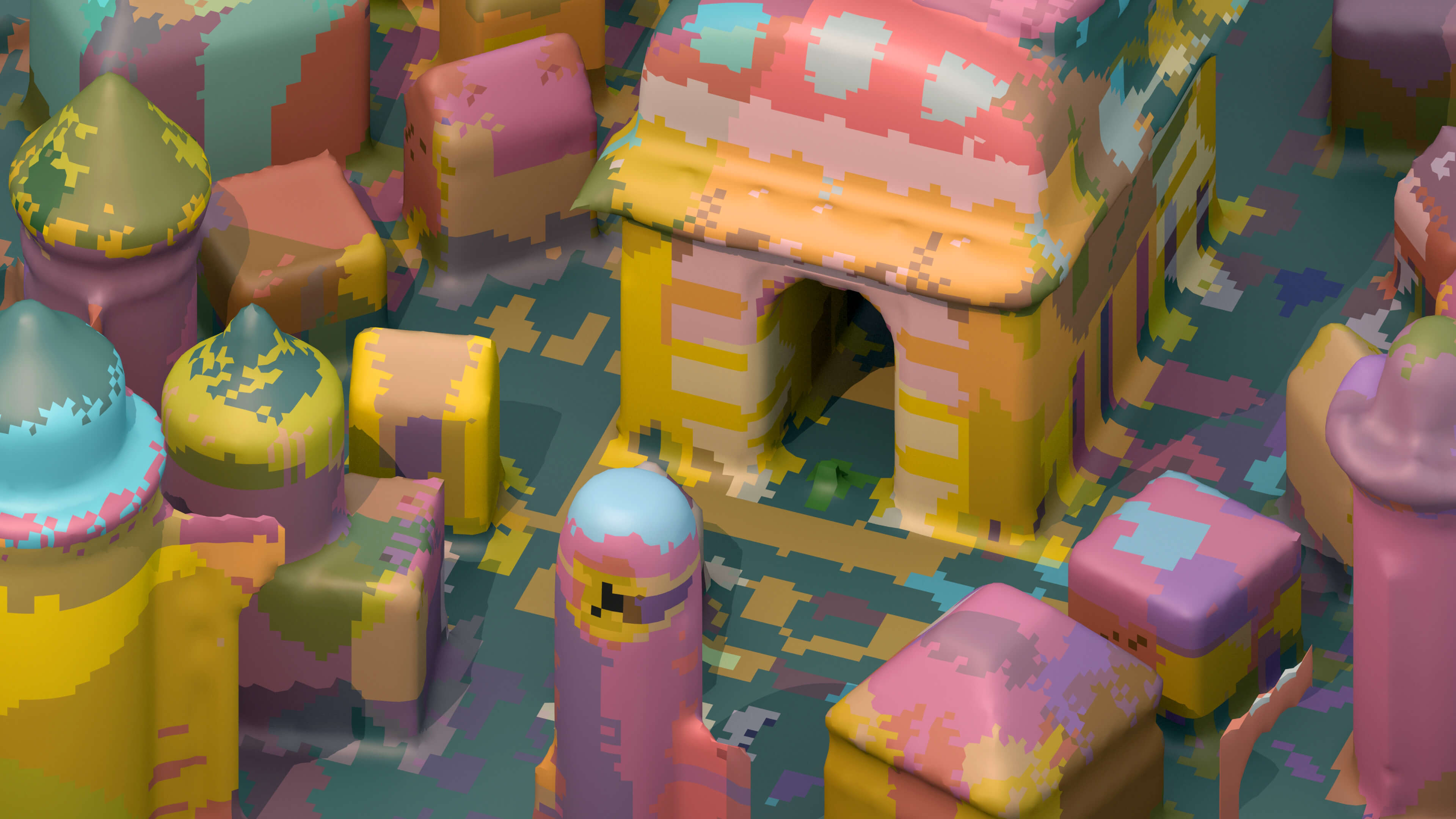
Image Caption
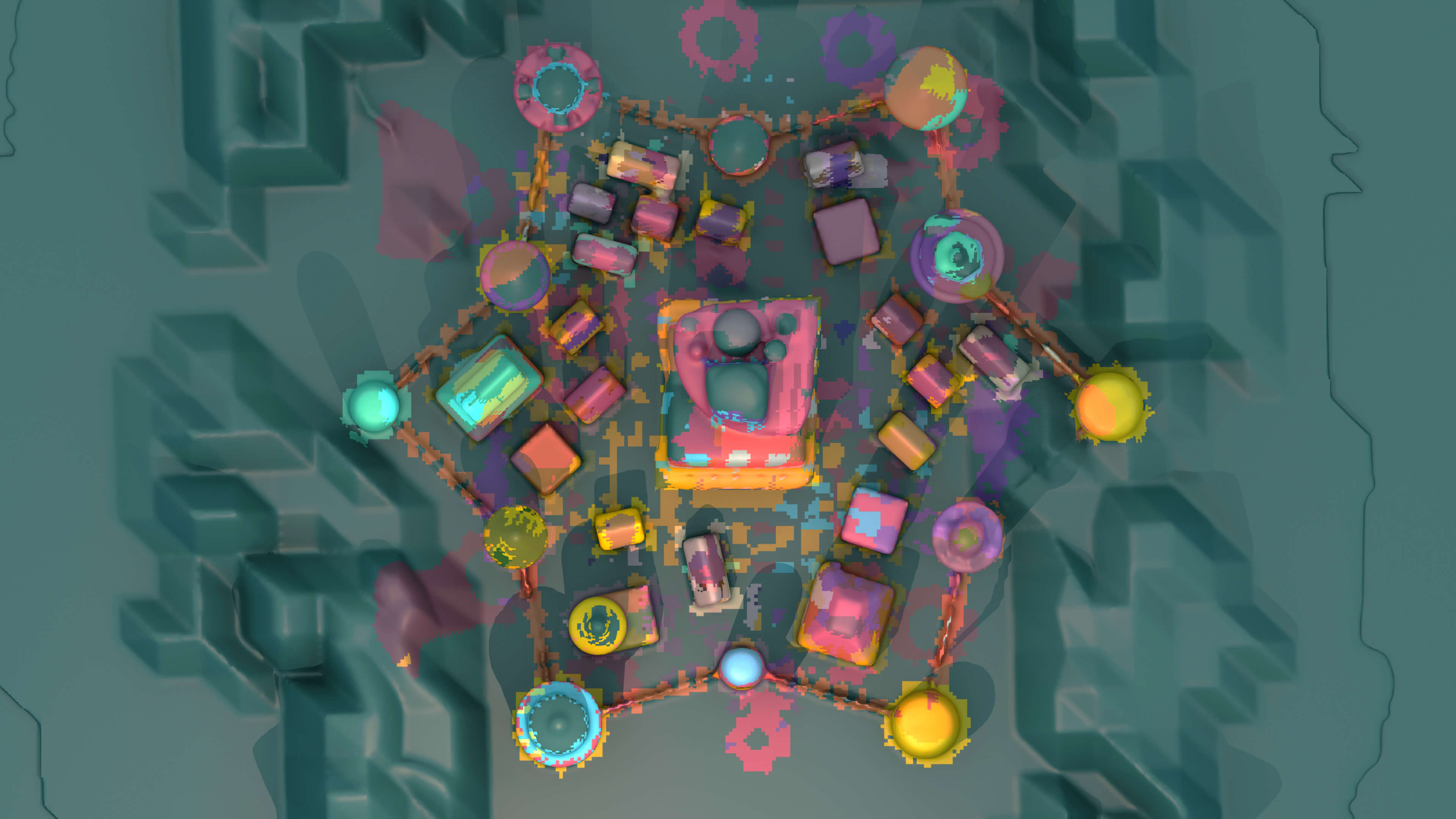
The Turkish Revamp of Filarete`s Ideal City
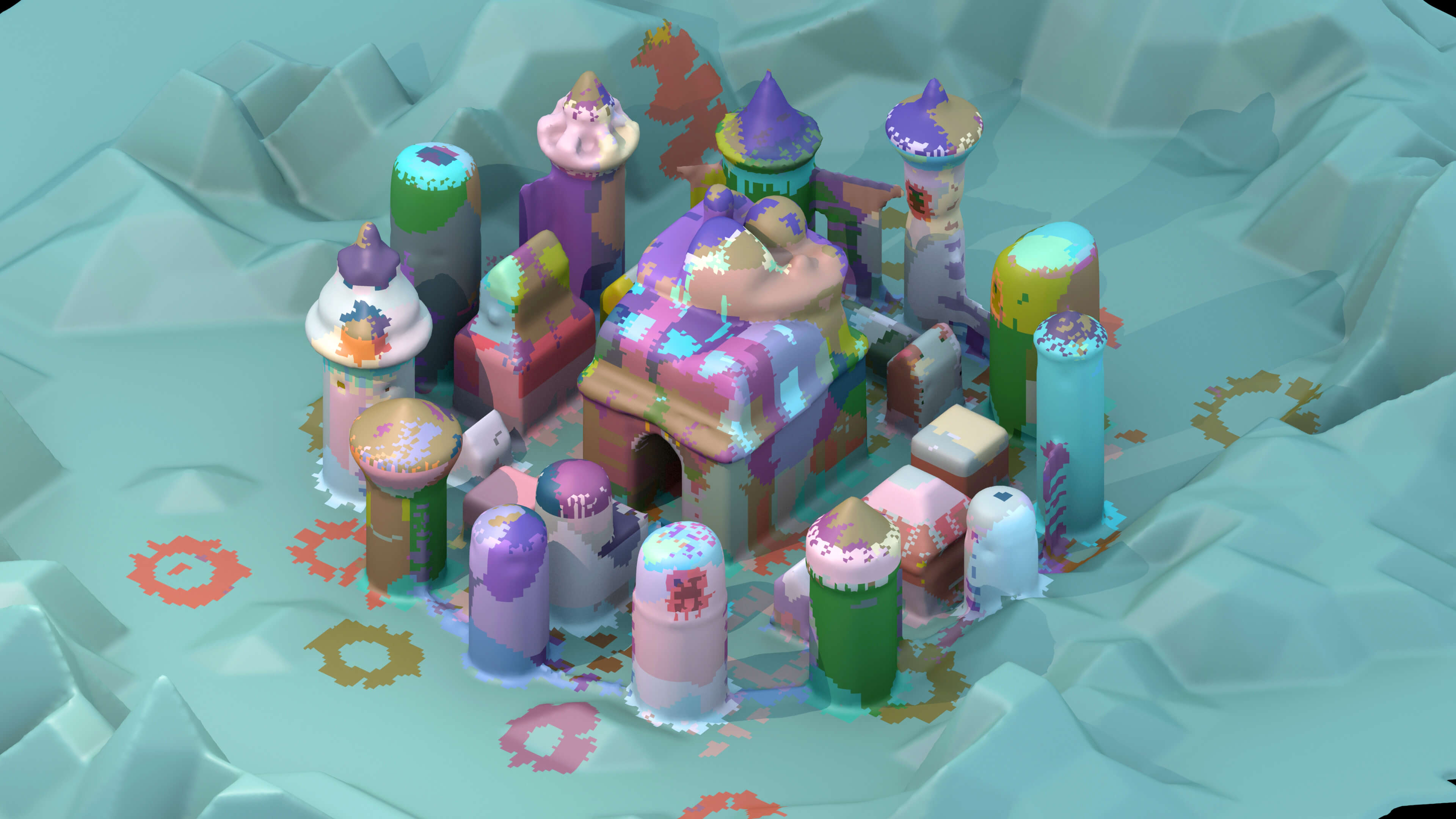
Image Caption
MAKING-OF

Oneirogens : Input Remixed City Models for Interpolation
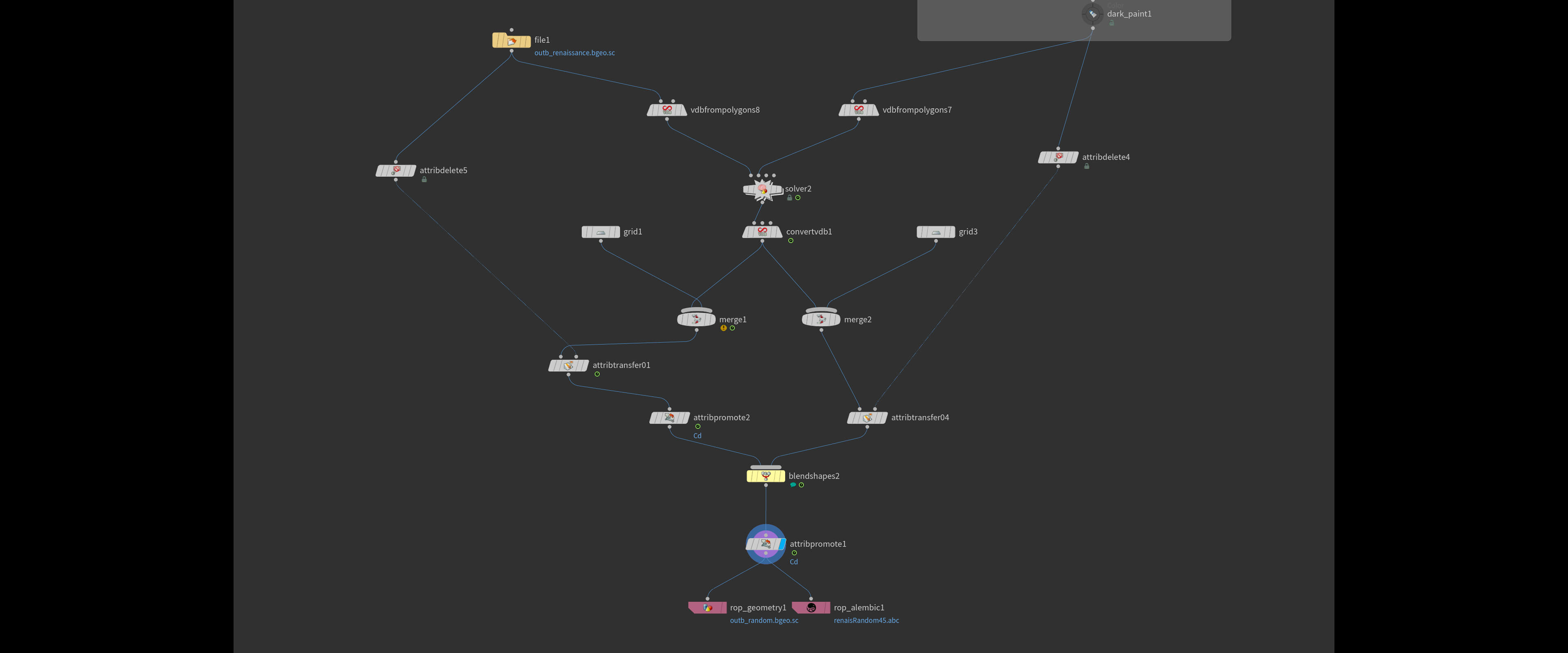
Node graph prepared in Houdini for voxel and pixel interpolation
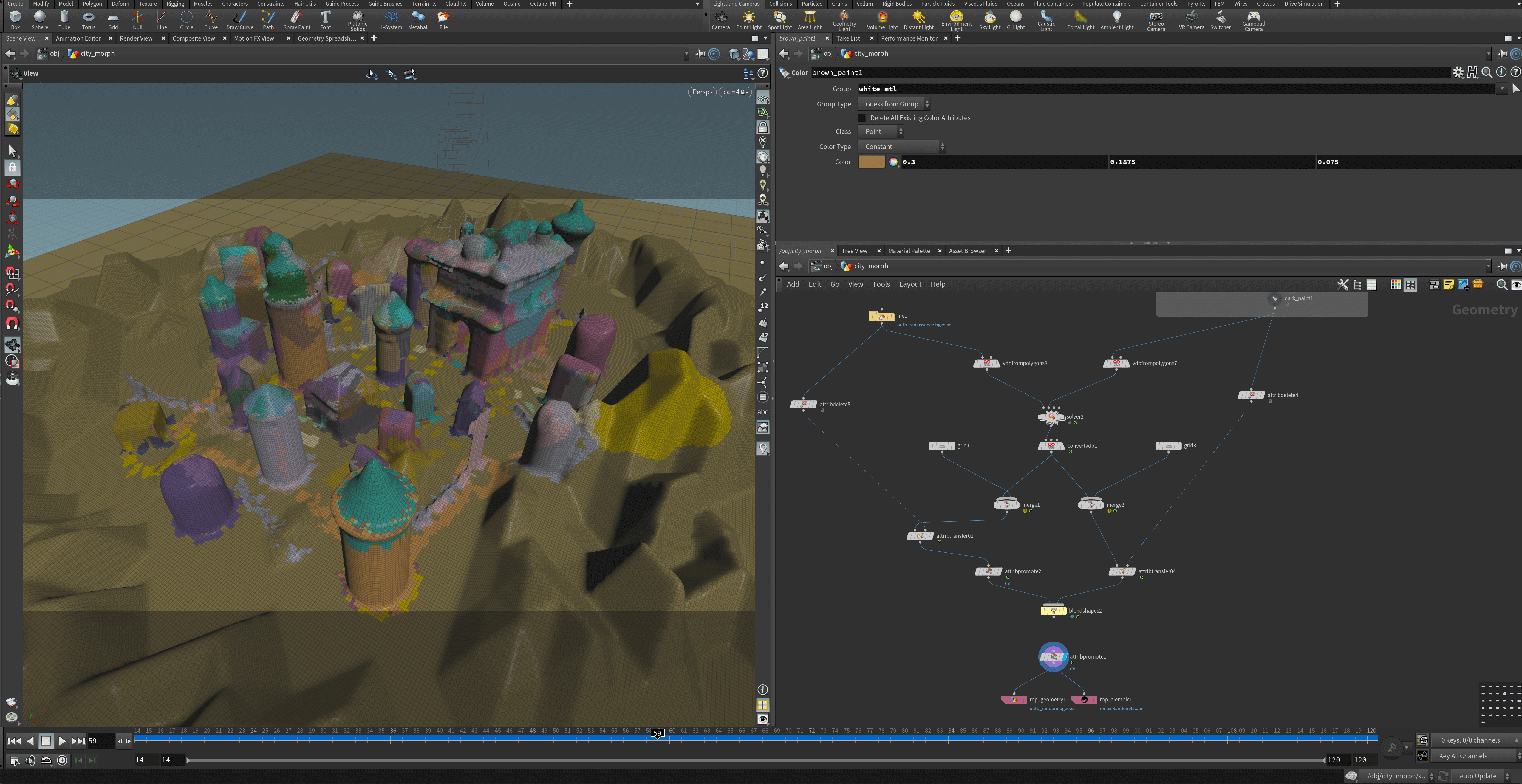
The interpolating solver node on the right, and the interpolated model on the left
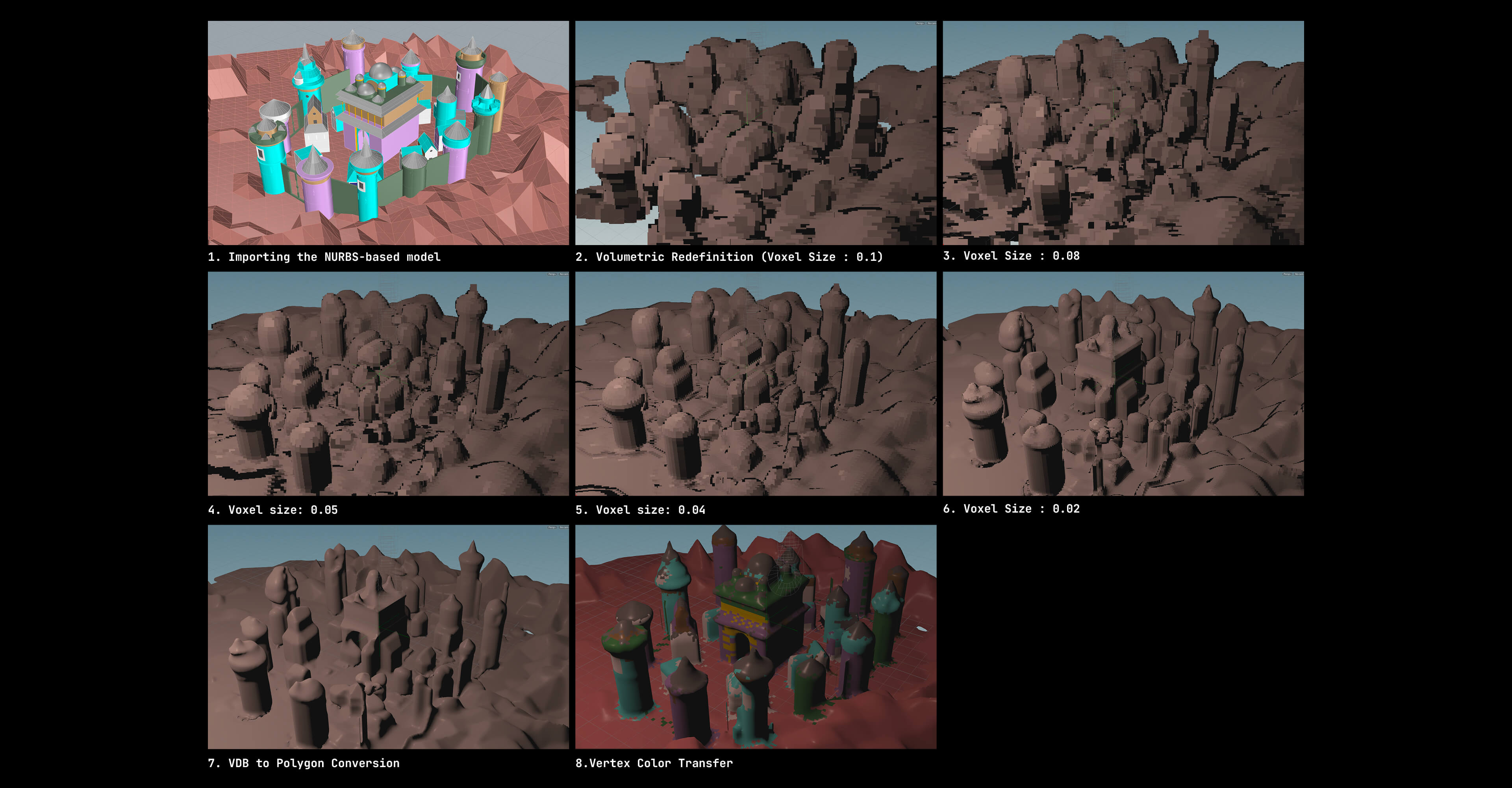
Conversion of Compositional Assemblage To A Topological Surface
Bibliography
> Eusebius of Caesarea, Universal History (Παντοδαπὴ ἱστορία, Pantodape historia)
> Life of Constantine the Great, 4th c.
> Zosimus, New History, Ἱστορία Νέα, 5th c.
> Sozomen, Ecclesiastical History, 5th c.
> Stephanus of Byzantium, Ethnica, 6th c.
> John Malalas, Chronographia, 6th c.
> John the Lydian, De mensibus, 6th c.
> Procopius of Caesarea, The Buildings (Περὶ Κτισμάτων, Peri Ktismaton), 6th c.
> Hesychius Illustrius of Miletus, History of the Romans and the Almighty, 6th c.
> Paulus Silentiarius, ecphrastic poem on the dedication of Justinian’s Hagia Sophia, 6th c.
> Chronicon Paschale, Epitome of the ages from Adam the first man to the 20th year of the reign of the most August Heraclius, 7th c.
> Parastaseis syntomoi chronikai (Brèves notes historiques), 8th c.
> Souda (Encyclopedia of the Ancient Mediterranean World), 10th c.
> La vie d’Andrew of Constantinople, 10th c.
> Kodinos, Patria Constantinopoleos (Πάτρια Κωνσταντινουπόλεως), 14th c.
> The Marvelous Story of the Very Beautiful Column of Xerolophos (Vindob. Supplement grec 171)
> Theodor Preger, Scriptores originis Constantinopolitanae, I, 1901.
> Erwin Fenser, Laudes Constantinopolitanae